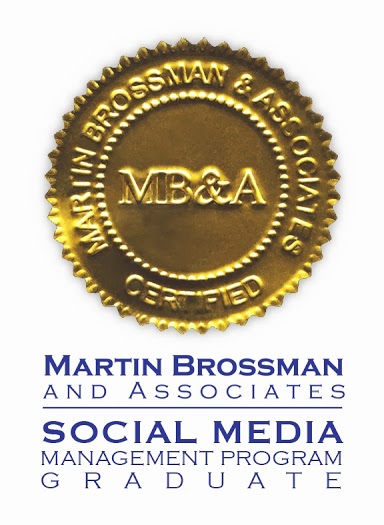Showing my age in that title, no?
I spent most of December rethinking what services belong under the Red Tuxedo umbrella. I’m really comfortable working with innovation design processes, change management and staying changed, metrics, and the intersection of behavioral economics and marketing (to the extent they’re not the same arena, as some marketers suspect). Created seven huge mind maps about these topics and my plan is to turn some of those notes into articles, blog posts, and possibly, products.
At this very minute, I’m not quite sure how the notes will turn into a business. That’s not the point of today’s post; and neither is it the point of the work itself. I’m letting the process tell me who the clients will be. I have some ideas, based on what I already know about the business world and who might benefit from this information: patent lawyers, for one, actuaries, CPAs, and other degreed professionals whose gifts don’t often run to marketing or process design. But that’s just what I understand today, and it may change.
A business advisor told me that the next step would be for me to go out and meet these people and find out what was on their minds, what problems they had, and what they services they would be willing to pay for. I’m not surprised that I resisted; could have simply ignored the suggestion, although that would have been awkward to handle conversationally. It’s not where the work is, yet. The work needs to be written; now, first, before I try to take it public. (I want to capitalize “work,” but Byron Katie uses “The Work” to describe her process and I don’t want to step on those toes.)
When I think about this decision point in terms of innovation and design processes, I can see that:
- Not going public is one way on not “failing fast,” by not getting feedback
- You can’t innovate through focus groups. Henry Ford said, “If I’d asked my customers what they wanted, they’d have told me, ‘faster horses!'”
- Ideas need protection in their early stages. The first sign of green rarely looks like the adult plant.
“‘Seeing what happens next’ is not a business strategy,” my advisor said. “Yes, it is,” I answered. Given that we cannot ever predict the future in all its detail, “seeing what comes next” is what we always wind up doing, regardless of what additional actions we take. Sometimes we poke the bear by taking action, and call it “business strategy.” Sometimes we just watch to see what the bear will do on his own. (Your bear may be different from mine.) In the end, we always get an opportunity (unless we’re dead) to see what happens next. For that matter, plenty of people believe that being dead is the ultimate vision of “what happens next.” I’m simply choosing not to poke the bear right now.
Thus far, my writing reveals that I have more research to do. Hum. Ideas are always perfect, until you try to implement or execute on them. That’s when things get really interesting, at least if you understand creativity. So my ideas aren’t as perfect as I’d like to think they are. I’ll stay with them. I’ll post most here, or at www.hiringhowto.com, or at karentiede.com (my art blog) as they take form.
It’s not that I think I have such a great process, exactly. Like Churchill said about democracy, “Democracy is the worst form of government, except for all the others.” Innovation by “being here now” may not be the “best” process. It isn’t what they say happens in Silicon Valley, or what Wall Street invests in. But when you’ve tried everything else, it doesn’t hurt to use what’s left. Stay tuned.
Feel free to share your experience with “let it be” innovation in the comments–thanks!



Speak Your Mind